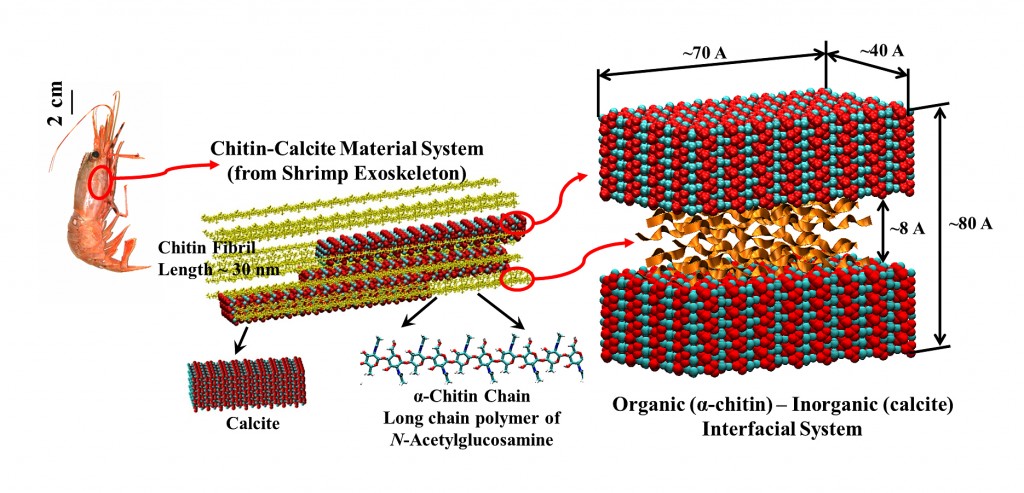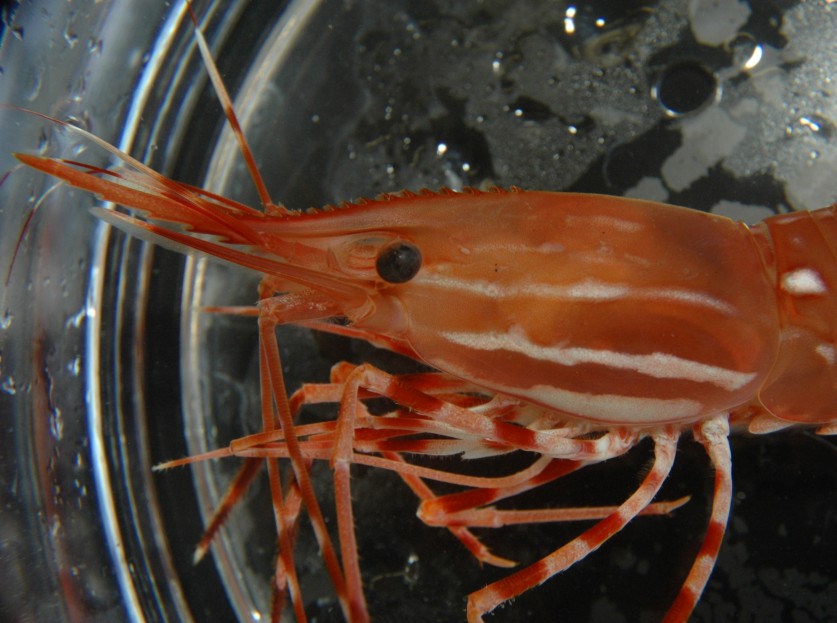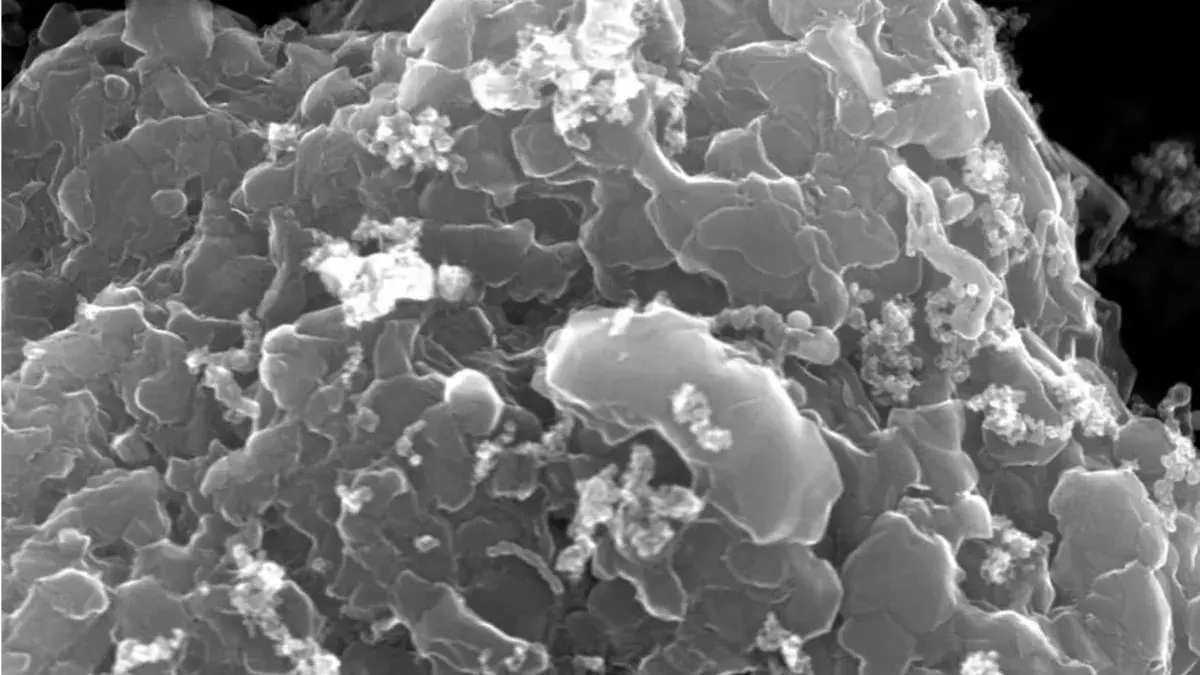Unexplained Mysteries of Aquatic Habitats, Creatures
Deep-sea marine science and biology researchers recently reported finding a species of shrimp, Pandalus Platyceros, living more than 6,000 feet (2000 meters) below the surface of the ocean, surviving and thriving in waters more than 750°F (400°C) that occur in hydrothermal vents.
In a paper published in the journal Acta Biomaterialia, researchers from the School of Aeronautics and Astronautics at Purdue University noted, “insights into the complex molecular behavior of these materials could have implications for the design of new synthetic armor capable of withstanding environmental extremes.”

This graphic depicts the exoskeleton structure of a certain type of deep-sea shrimp able to survive the scalding hot waters of hydrothermal vents thousands of feet under water. (Purdue University photo/Tao Qu)
Researchers are now studying the molecular structure and complex molecular behavior of these exoskeletons in anticipation of borrowing designs to develop advanced composites.







